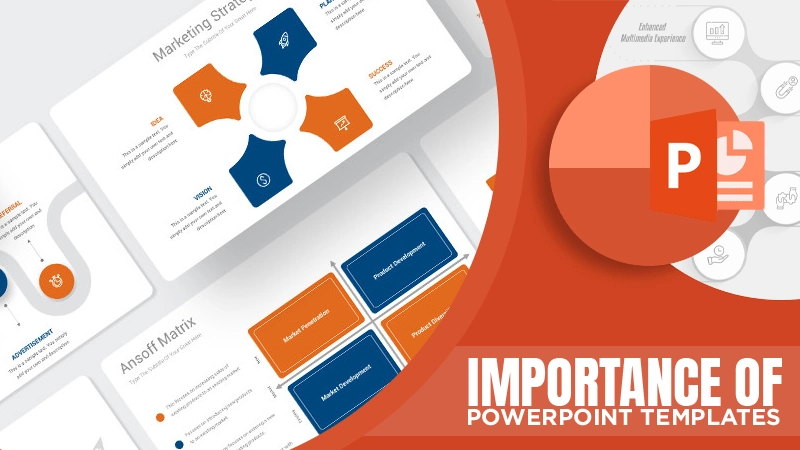It’s understandable. There are so many digital marketers using the term “backlink” but it’s still unclear what it means. How do backlinks work? What is their significance?
Getting backlinks is one of the most effective ways to maximize your ROI in digital marketing, and we’ll discuss why here.
Here are some examples and definitions of the terms you hear marketers using every day when talking about backlinks.
Moreover, we’ll examine some of our favorite methods for generating backlinks on LinkLifting.
What is a Backlink?
Links back to your site are hyperlinks that point to a particular page.
Translated into plain English:
To establish a backlink, a website must reference another website and provide a link to that website.
My website is linked to this clickable text.
Backlinks are a broad category of techniques used in search engine optimization. In a nutshell, you may also hear the following terms:
- Links originating from your website (also known as internal links or incoming links). These links are usually referred to as backlinks because these are all links originating from other websites. Also called internal links, inlinks, or interlinks, this is another term people use to refer to it.
- Backlinks that link from another website to a page on your site (this is what everyone strives for)
- A reference link is a link to a website (it could be in an email, a Microsoft Word document, etc).
- An outbound link is a link to a page on another website (i.e., a link to another website). An external link points to mynewwebsite.com. This would be considered an inbound link by mynewwebsite.com.
- In long articles, anchor links are often used to jump from one section to another (e.g., if you want to jump from part to part in a long article).
Let me warn you: backlink history is about to get really granular. It is okay for you to skip over this section and go to the next: “How can I get backlinks?”.”.”
You can skip the next section if you click that anchor link.
Why Do Backlinks Matter?
Short answer: Google tells me so. The average website receives 50% of its traffic from Google.
Sergey Brin and Larry Page created PageRank in 1996 as a way to evaluate the best content on the web-based on their link profiles. Accordingly, a website with more links pointing at it will rank higher than a website with fewer.
Backlinks are undoubtedly the backbone of a website. It is a symbol of trust from one site to another site’s content. Google estimates the quality of a site’s content from the backlinks attached with it and considers it as spam if it finds that the backlinks are purchased or irrelevant. Therefore as a website owner, it is necessary for you to check your backlinks from time to time. The easiest way to check the site’s backlinks is the use of an online backlink checker. A backlinks checker will help you quickly check your site backlinks with a few taps on your device. All you need to do is just enter the URL of a site in the utility, and it will display all the backlinks connecting to the page in just a few seconds.
How did Google’s popularity impact the company?
Thousands of backlinks were bought by website owners. Google would automatically start ranking new websites for valuable search terms on the first page of the results.
The Penguin algorithm updates are what have since cracked down on practices like this (often called black hat SEO). Those who buy backlinks or buy thousands of low-quality links will be penalized by these updates.
















